Children’s Picture Book Author Explains Plotting for Kids
This post may contain affiliate links.
by Deborah Underwood author of children’s picture books including The Quiet Book, Spring 2010.
I recently saw a video that shows an adorable little French girl telling a convoluted  story with baby monkeys, frightening trees, crocodiles, a battling hippo and lion who go to heaven, a mammoth with claws, and a witch-killing orange ring. It reminds me of some of the plots I’ve written—and no doubt, some of your adorable children have written.
story with baby monkeys, frightening trees, crocodiles, a battling hippo and lion who go to heaven, a mammoth with claws, and a witch-killing orange ring. It reminds me of some of the plots I’ve written—and no doubt, some of your adorable children have written.
Even in my college writing classes, we didn’t talk about how to craft a strong plot. Until recently, I would have assumed teaching early-elementary kids about story structure was overly ambitious—until theater educator Kenn Adams introduced me to his Story Spine exercise to teach the craft of story structure.
Kenn is a veteran improviser, a playwright, and the author of How to Improvise a Full-Length Play: The Art of Spontaneous Theater. He’s been doing school theater enrichment programs for 20 years. (Full disclosure: He is also my boyfriend. If you’re a writer, I highly recommend finding a partner who is a plotting prodigy.) The Story Spine exercise is one Kenn uses not only with kids, but also with adults in improv classes.
The Story Spine is exactly what it sounds like: a structure that supports a story. It consists of a series of sentence beginnings that you complete:
Once upon a time…
Every day…
But one day…
Because of that…
Because of that…
Because of that…
Until finally…
And ever since then…
Although the Story Spine seems simple, it’s really an ingenious way to help kids learn how to construct a satisfying story.
- Once upon a time and Every day set up “ordinary world,” the way things are before the action of the story starts.
- But one day cues what students of plot would call the inciting event—the thing that sets the story into motion.
- The Because of that series ensures that each story event causes the next one to happen, so that the plot elements aren’t just disconnected incidents.
- Until finally signals the climax and resolution of the story.
- And ever since then shows how the character or situation has changed over the course of the story.
There are many ways you can use the Story Spine exercise. For instance, you can write out the beginnings and have your child (or your students) complete them. If you write each beginning on a separate sheet of paper, the kids can write the endings, illustrate the scenes, and then compile the pages to make their own books.
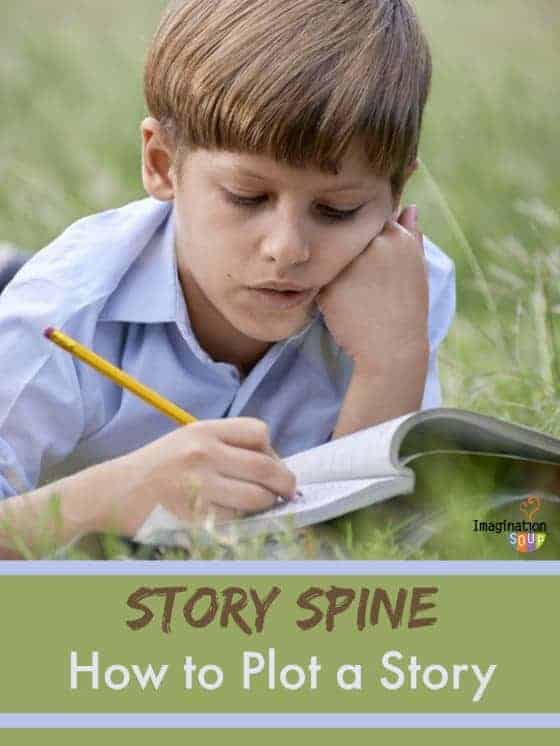
You can also use the Story Spine to make storytelling a collaborative game. One person completes the first line—for example, “Once upon a time, there was an enormous dragon who lived in a magical cave.” Another person goes next: “Every day, the dragon flew through the skies looking for humans to eat.” And so on. This is fun for two people, and also works well for larger groups. (And it’s a much better option for your next car trip than singing “Ninety-Nine Bottles of Beer on the Wall!”)
I would never suggest clamping down on a child’s creativity by asking her to use a story template if she doesn’t want to. Kids’ rambling stories often contain brilliantly creative gems that adult writers envy. But if you have a child who wants to write a story but is stuck or frustrated, or if you want a fun game to play while you’re waiting in line at th e grocery store, try out the Story Spine. (And the adult writers you know might benefit from it, too—I know I did!)
e grocery store, try out the Story Spine. (And the adult writers you know might benefit from it, too—I know I did!)
Note from Melissa: I LOVE Deborah’s post here, don’t you? Thank you, Deborah, for contributing to Imagination Soup and helping us all become better plotters. (In the good plotter sense~!) 
Please read my review of her new book, The Quiet Book on Bookmarkable and enter to win a copy.
Deborah Underwood grew up in Walla Walla, Washington. After graduating from Pomona College with a degree in Philosophy, she worked as a street musician, puzzle writer, jewelry maker, and administrative assistant before embarking on her career as a children’s author.
Deborah has written over 20 nonfiction books for kids. Her first three picture books—The Quiet Book, illustrated by Renata Liwska (Houghton Mifflin); A Balloon for Isabel, illustrated by Laura Rankin (Greenwillow Books); and Granny Gomez & Jigsaw, illustrated by Scott Magoon (Disney-Hyperion)—are being published this spring.
RELATED POSTS:
The Plot Chickens: Story Elements for Kids
Teaching Fiction Writing: Curriculum for Kids


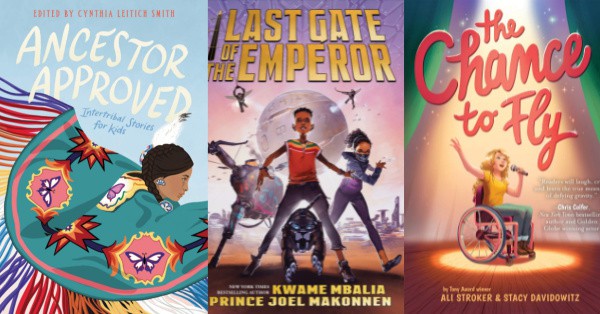
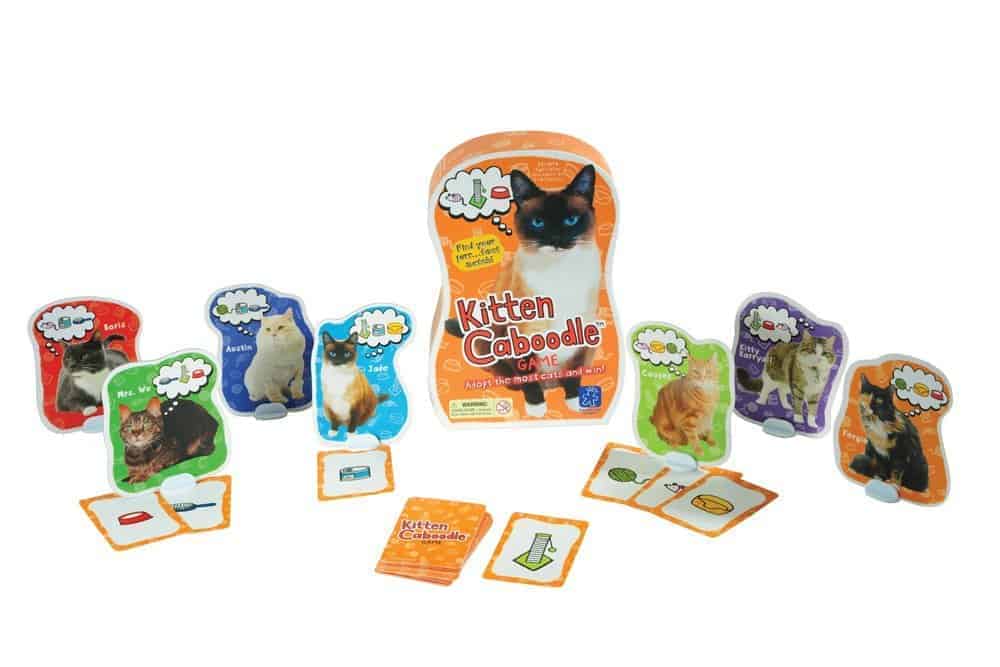
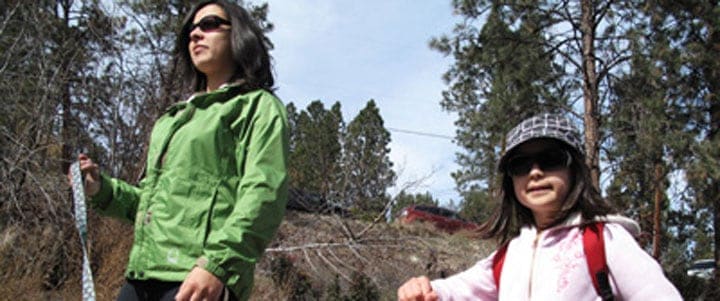

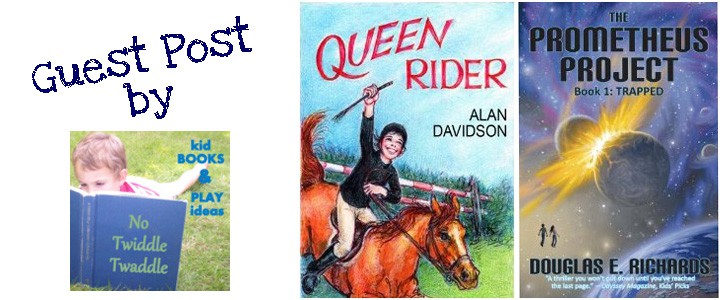
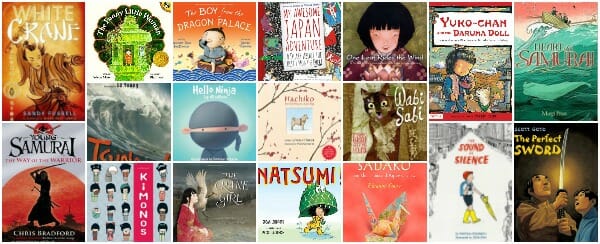
Deborah Underwood : Your ingenity, originalty, are amazing! Sheralee Hill Iglehart B.S.,M.A. California Reading Specialist, website: sheralee.com
The Story Spine helped me rethink a story I’m in the process of editing – thanks!
Well put! Thank you for that exercise….